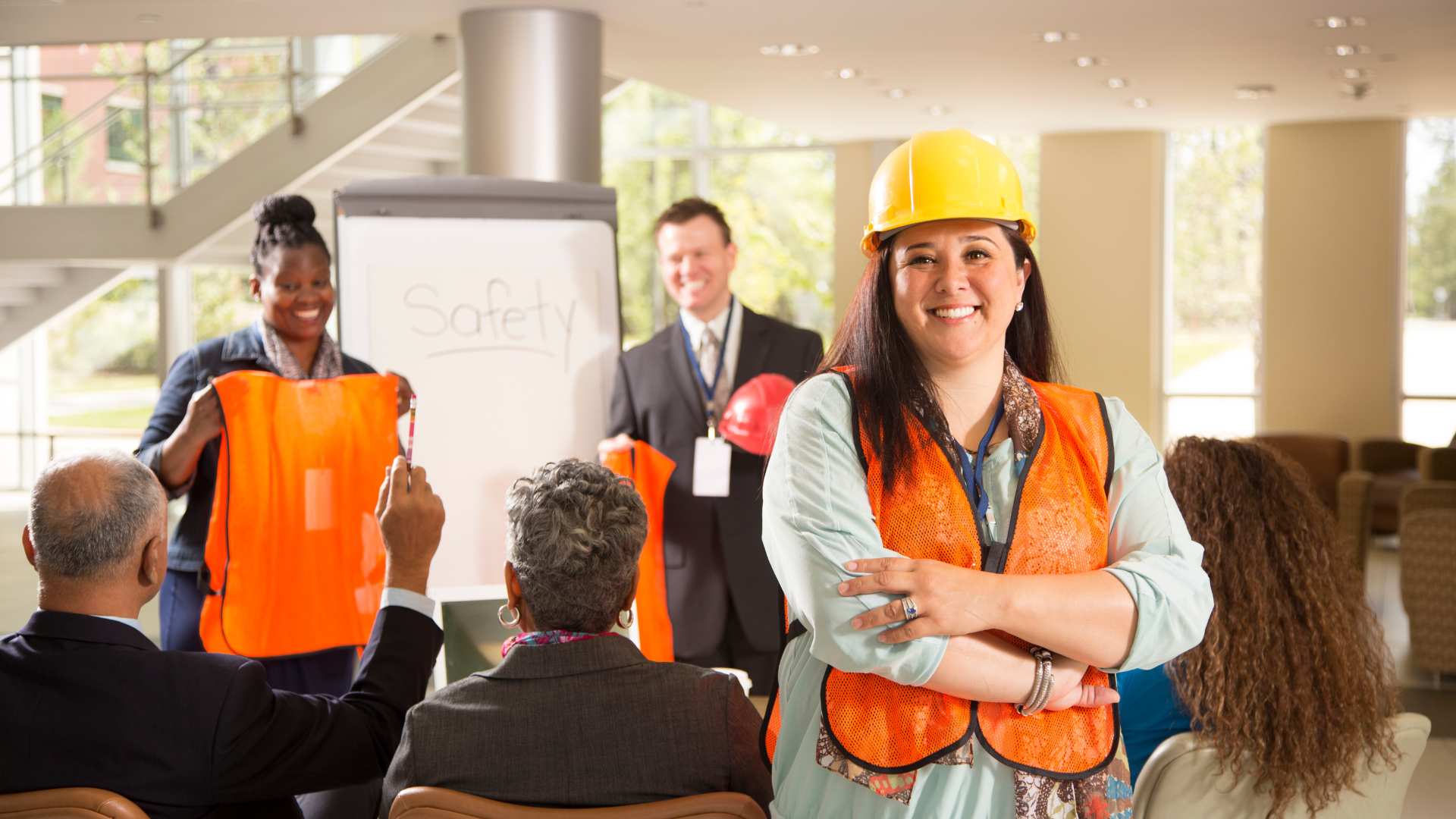
3 proven strategies to create a high performing team in a deskless environment


Creating a high-performing team can be a challenge, especially in a deskless environment.
Without the luxury of face-to-face interactions, it's important to find other ways to build trust, foster communication, and develop a sense of belonging amongst team members.
In this article we'll cover:
- Why deskless workers need more support
- What high performance means in a deskless environment
- 3 strategies to help you build high performing teams
Let's jump in.
What's a deskless worker?
A deskless worker is an employee who performs their job away from a traditional desk or office setting. Instead of a desk, they may work in a variety of locations, such as on the shop floor, in the field, or on the road.

Types of deskless workers
The most common types of deskless workers include those in industries such as:
- Construction
- Manufacturing
- Transport
- Healthcare
- Hospitality
- Retail
Why deskless workers need more support
Deskless workers often lack the necessary technology, data, communication, and connection to perform their jobs to the best of their abilities.
Unlike office workers, they may not have access to the latest tools and resources, which can make it difficult to stay connected with their colleagues and managers. This can lead to feelings of isolation, disengagement, and burnout.
Deskless workers need more support to bridge this gap, including access to mobile devices, real-time communication tools, and training to use these tools effectively. Providing this support can improve their job satisfaction, productivity, and overall well-being.

Why high performance is important in a deskless environment.
High performance in a deskless environment means that the team is able to work together efficiently, effectively, and safely to achieve their goals.
It involves clear communication, strong teamwork, and a commitment to excellence in every aspect of their work. In the context of EHS initiatives, high performance is critical for success, as it ensures that employees are working safely and following best practices to prevent accidents and injuries.
By promoting high performance, companies can improve their safety records, reduce costs associated with accidents and injuries, and create a culture of excellence that benefits everyone involved.
Here are 3 strategies to help you create a high-performing team in a deskless environment:
3 strategies to help you create a high-performing team in a deskless environment include:
- Having regular one-to-one check-ins
- Prioritizing team talks that aren’t about work
- Making time for team activities
1. Have Regular One-to-One Check-Ins
One-to-one check-ins are an excellent way to keep tabs on individual team members, provide feedback, and ensure that everyone is on the same page. These check-ins should be scheduled regularly, perhaps once a week, and should be structured to ensure that both the manager and the employee are prepared to discuss any issues or concerns.
During the check-in, it's important to ask open-ended questions to encourage dialogue and to actively listen to what the employee has to say. This helps to build trust and demonstrates that you value their input. Be sure to follow up on any action items that arise from the conversation, and provide positive reinforcement for a job well done.
2. Prioritize Team Talks That Aren't About Work
Team conversations about non-work related topics may seem trivial, but they can be an important way to build camaraderie and improve communication. These talks can be scheduled as part of a team meeting or as a standalone event, and should be focused on topics that are of interest to the team and bring them closer together.
For example, you might discuss a recent sporting event, a popular TV show, or a hobby that someone on the team is passionate about. This helps team members get to know each other on a personal level, which can improve communication and builds a sense of belonging.
3. Make Time For Team Activities
Shared experiences, like team activities, are an important way to build trust, increase connection, and improve communication. These experiences might include team challenges, competitions, volunteer events, or even sports days (like the PepTalk team did last year).
.jpg)
For example, you might organize a team-building challenge that requires the team to work together to solve a problem or complete a task. Alternatively, you might organize a competition, such as a sports tournament or a trivia night, that allows team members to compete against each other in a fun and lighthearted way.
These experiences can be a powerful way to build trust and demonstrate that you value your team's contributions. By participating in these events, team members can learn to rely on each other, communicate more effectively, and build a sense of camaraderie that can translate into improved performance in the workplace.
Connection and belonging build high performing teams
Creating a high-performing team in a deskless environment can be a challenge, but by implementing these strategies, you can build trust, foster communication, and develop a sense of belonging that can lead to improved performance.
Regular one-to-one check-ins help to ensure that everyone is on the same page, team talks about non-work related topics can improve communication and build camaraderie, and shared experiences can be a powerful way to build trust and improve performance.
By taking the time to implement these strategies, you can create a high-performing team that is capable of achieving great things.
Frequently Asked Questions


See PepTalk in action


Related
Latest Blogs


See PepTalk in action





.jpg)


.jpg)

.jpg)
%20(3).jpg)
.jpg)


.jpg)